You might think you’re past the worst of the lawn weeds once you reach the cooler fall months.
Think again. Weeds never take a vacation.
And after seeing fall aeration, seeding, and topdressing success, it can be kind of a bummer to see more weeds. After all, tall fescue Northern Virginia lawns are recovering and renewing at this time after the stress and heat of summer. It almost isn’t fair that your lawn can’t get a break from weeds.
While fall may be a time when you’re not thinking about much about your lawn, it is actually a great time to check in on your lawn care program and notice any issues and make the necessary adjustments.
Fall is actually an important transition period of grass growth and development. What you do now means a lot to the success of your lawn come the return of spring – and that includes fall lawn weed control.
Let’s talk about fall lawn care to prevent weeds so you can have a great looking lawn all year long.
Some Common North Virginia Weeds That Require Fall Lawn Weed Control
Understanding the best time for fall lawn weed control in Northern Virginia means knowing which weeds you’re fighting and what approach is necessary to battle them.
That’s why the first step in controlling the weeds in your lawn is properly identifying them. While you may just think all weeds are the same, the truth is that there are many different varieties – some of which are more common in Northern Virginia than others.
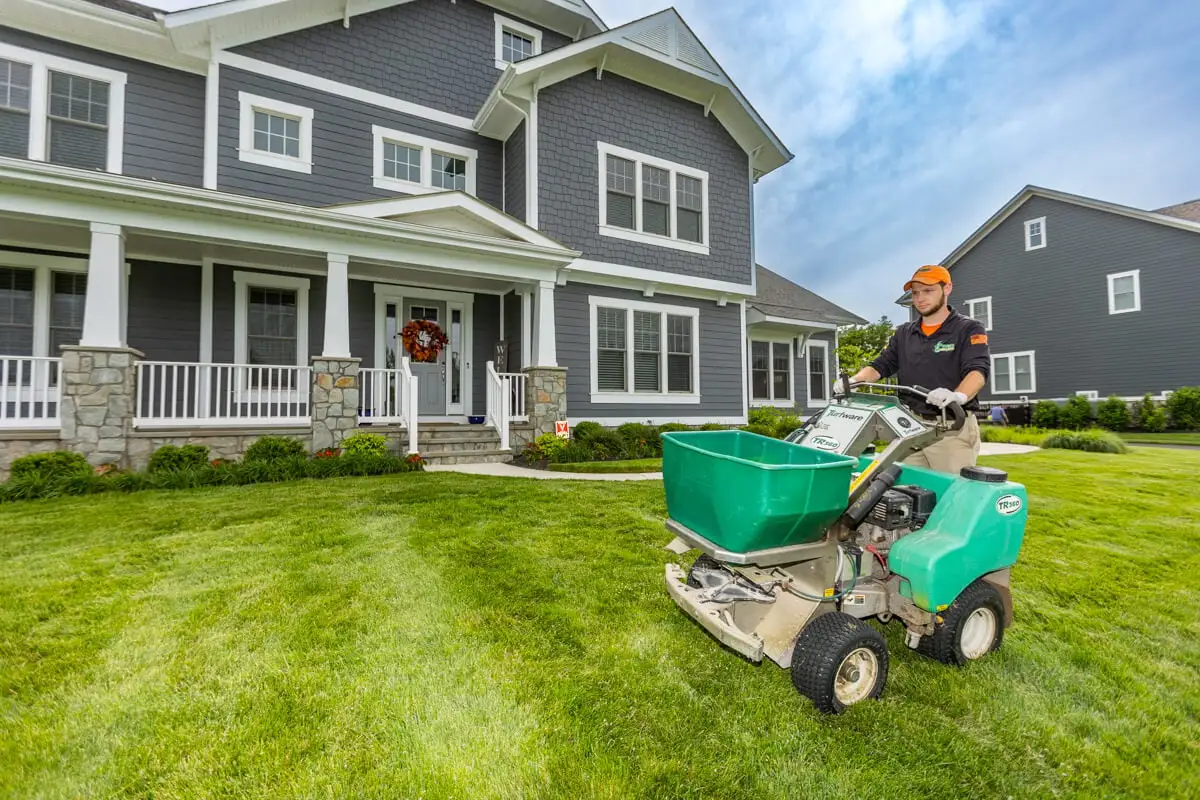
And since different weeds require different treatment at different times, you first have to know what you’re dealing with before you can begin to tackle the problem.
Some weeds are annual and some are perennial – meaning they either last one year and must be reintroduced the next year to return or they have naturally come back year after year until eradicated. Different weeds will also germinate at different times of the year. And some weed control strategies only work for one weed, while others can be applied to multiple categories of weeds.

Each season will have its own weeds that you must fight, and fall is not immune. As you cozy up inside, you might forget that there are some fall and winter annual weeds that you shouldn't neglect. In fact, some weeds you see in spring are actually fall or winter weeds that snuck into your lawn previously and are just continuing their growth.
Here are some of fall’s most common weeds that necessitate the need for lawn weed control in Northern Virginia.
Henbit
This winter annual weed has egg-shaped leaves and pink or purple flowers.
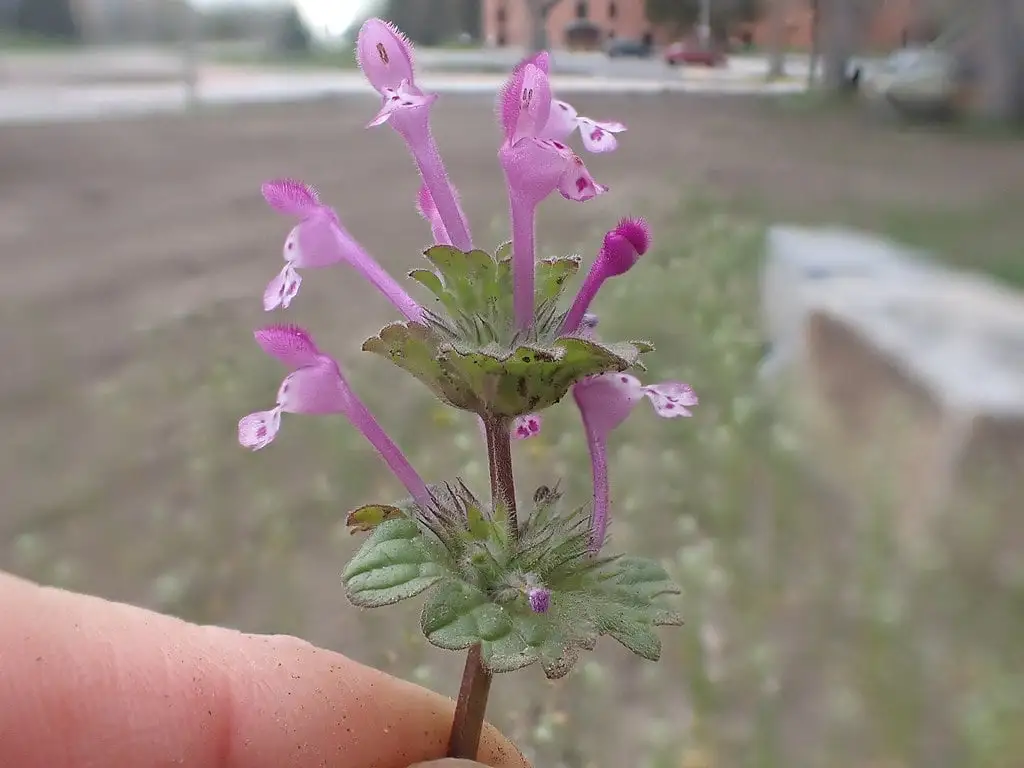
Developing in the fall, henbit sneaks in during unusual warm periods over fall and winter and continues growing in spring. It prefers thin lawn areas with good soil moisture and doesn’t mind the shade.
We control henbit with selective, liquid broadleaf fall lawn weed control.
Chickweed
One of the most common weeds in Northern Virginia is chickweed, and it’s one of the first ones you see in spring. It has fleshy leaves and small, white flowers.
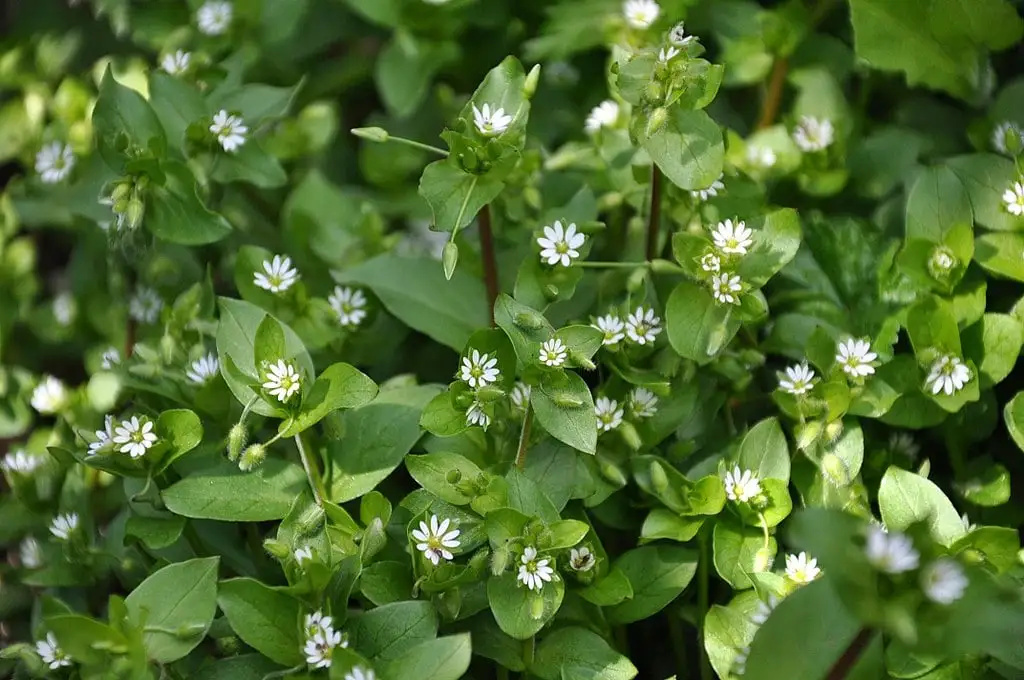
This weed likes thin lawn areas and shady spots. It can grow in pretty thick mats once it’s in your lawn. As a winter annual weed, chickweed germinates in winter and drops seeds in spring until temperatures become too warm for it and it dies.
The fall lawn treatment for this weed: We treat it early with selective, liquid broadleaf weed control before it dies.
Wild Onion & Garlic
These pesky fall/winter annuals emerge from underground bulbs and both have tall, grassy leaves. While wild garlic has round, hollow leaves, wild onion has solid, flat leaves.
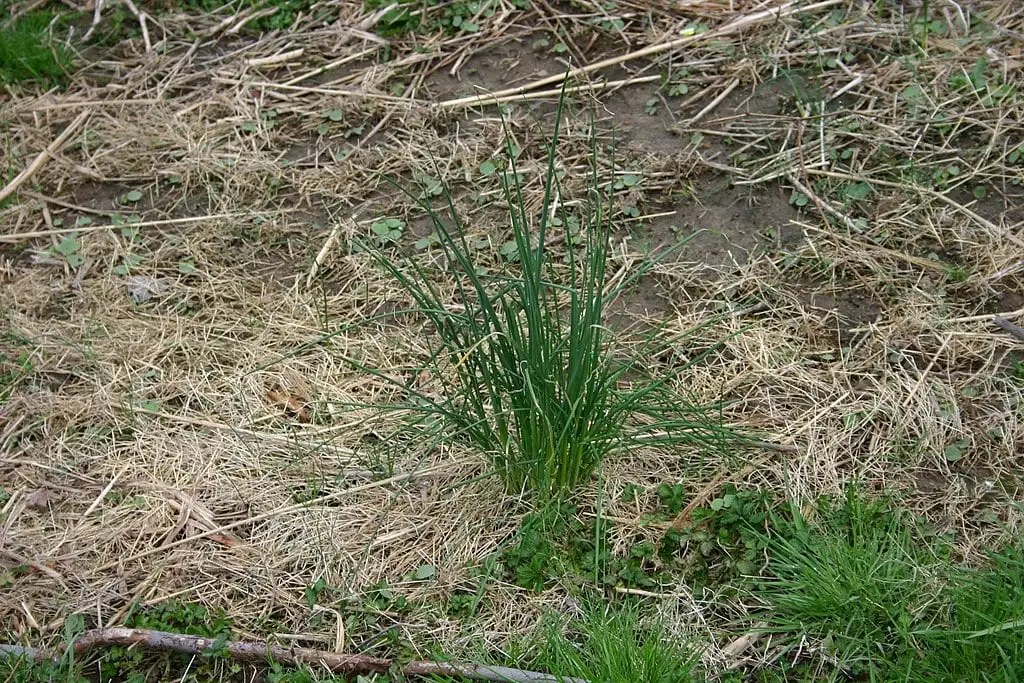
Both of these weeds can die off once summer arrives, but the underground bulbs can persist for years. Our treatment for lawn weeds in fall for this one is to use ongoing, selective, liquid weed control that will cause the foliage to wilt down and disappear.
Plantain
If you have compacted soil, plantain will try to sneak its fibrous root system in. It has waxy, oval leaves and stalk-like branches that can be tough to get rid of.
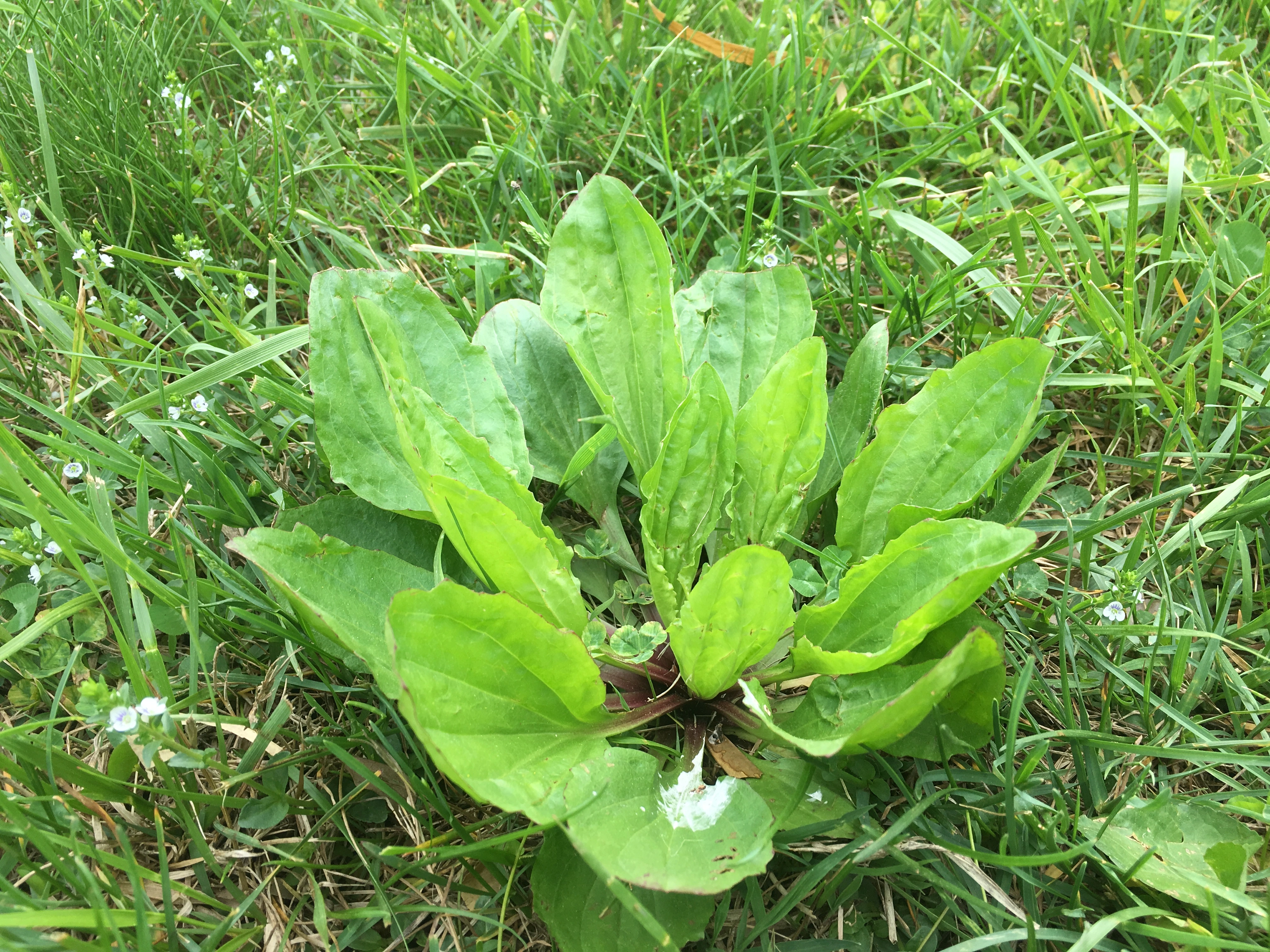
Post-emergent broadleaf herbicide is most effective on plantain as part of fall lawn weed control but this strategy can also be used in spring.
Corn Speedwell
Another one you will see in spring, but actually begins in fall or winter is corn speedwell. It grows low to the ground, thriving in thin lawn areas.
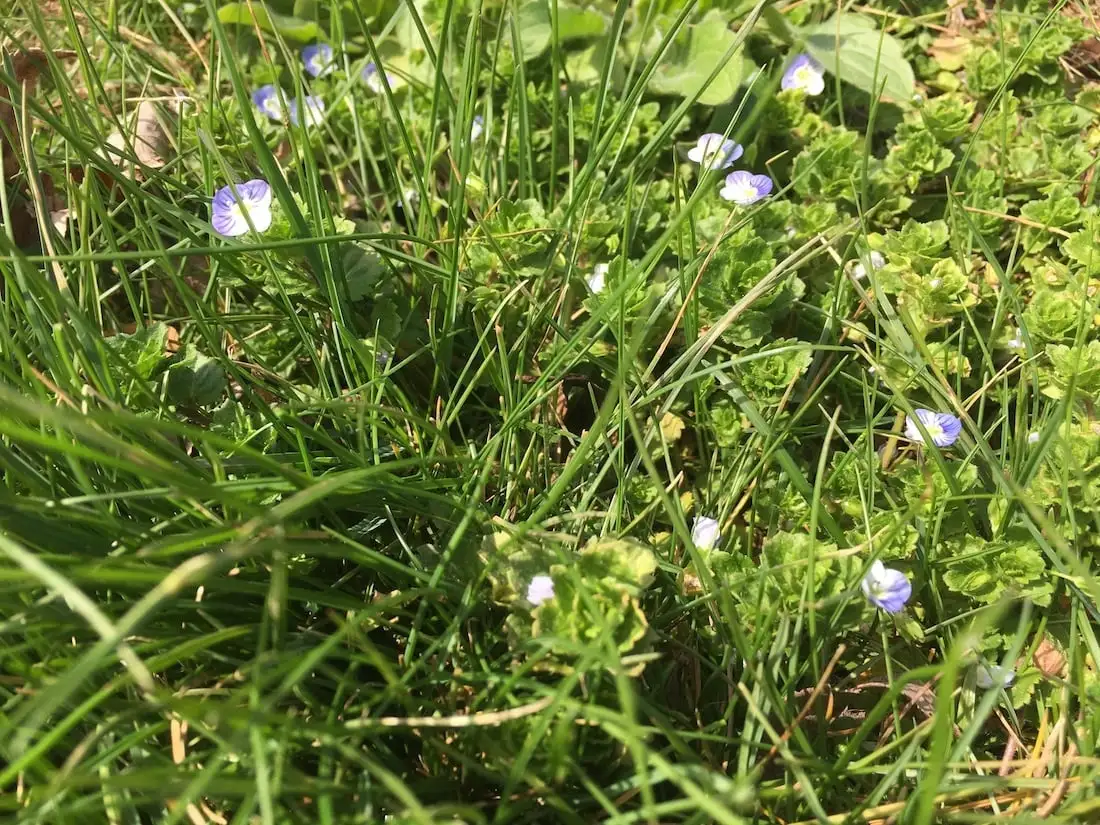
A fibrous root system makes this weed hardy, meaning it can even invade compacted soil. It’s very difficult to control, so prevention is the best fall lawn care to prevent this weed. Your best defense is a healthy lawn.
Fall Lawn Weed Control Tips and Tricks
Weeds enjoy taking advantage of opportunities to take over your grass. And as you noticed above while we reviewed some common fall weeds, many of them like thin lawns that lack nutrition or are weak, stressed, and have compacted soils.
That’s why your largest defense against these weeds is a thick, healthy lawn.
How do you maintain a lawn that stands strong against fall weeds? With proper and regular care.
This means mowing to a 3.5- to 4-inch height to keep your lawn from stressing out; providing the proper nutrient balance through fertilization; delivering longer, infrequent irrigation; and aerating, overseeding, and topdressing annually to limit compaction and fill in bare areas. Your ultimate goal is to create the best environment for your lawn so it can remain thick and healthy and give fall weeds less of a chance to germinate.
These cultural practices will be a big part of fall lawn care to prevent weeds. But some weeds may still find a way, especially if weather conditions are ripe for weed germination. That’s when fall lawn treatment for weeds can help. Trusting a professional for proper weed identification and precise herbicide timing to ensure maximum, targeted control. Lawn care professionals will use specialty herbicides delivered with commercial-grade nozzles to reduce the particle size of the products and help them better stick to tough weeds.
Turf’s Up Can Help You With Fall Lawn Weed Control in Northern Virginia
Weeds like to invade Northern Virginia lawns when the weather and lawn conditions give them the opportunities. Then, once they are in, they act like they’ll never move out. And they don’t even pay rent.
You don’t want to give weeds any chance to slip in and take over your lawn – even in fall, when you least expect it. You might be so focused on staying cozy inside or preparing for the fall and winter holidays, that you don’t even realize weeds are germinating until it’s too late. Staying ahead of fall lawn weed control can help you take back your yard from these sneakiest of weed species.
If you find you have a lot of weeds that seem to be cropping up, remember you don’t have to fight weeds alone. Turf’s Up can help you by providing a complete, proactive lawn care program that includes everything you need to keep your lawn strong – proper fertilization based on soil test results; pre-emergent and post-emergent weed control treatments; lime applications to get your pH in the right range; and aeration, overseeding, and topdressing services.
When you have a professional eye on your property who can recognize these common fall lawn weeds in Northern Virginia on first inspection, you can keep weeds in check before they get out of hand and maintain that lush, green, weed-free lawn you desire – not only this fall but also into next spring.
Ready to learn why Turf’s Up could be your totally awesome choice for lawn care services near Leesburg, Ashburn, or Aldie, VA? We’re stoked to learn more about you and help you have the best lawn on the block. Get started today with a free quote. Together, we can prepare a customized plan that is perfect for you and your lawn.
Image Source: Henbit, Chickweed, Wild Garlic/Onion
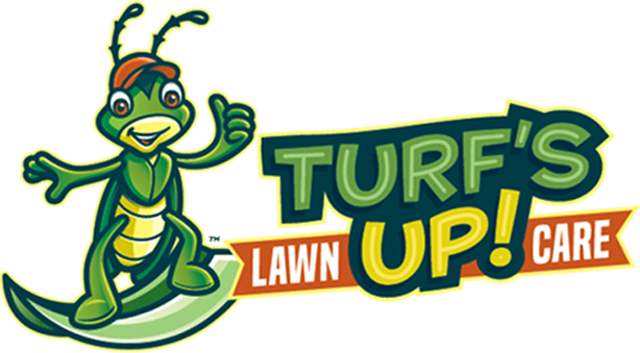
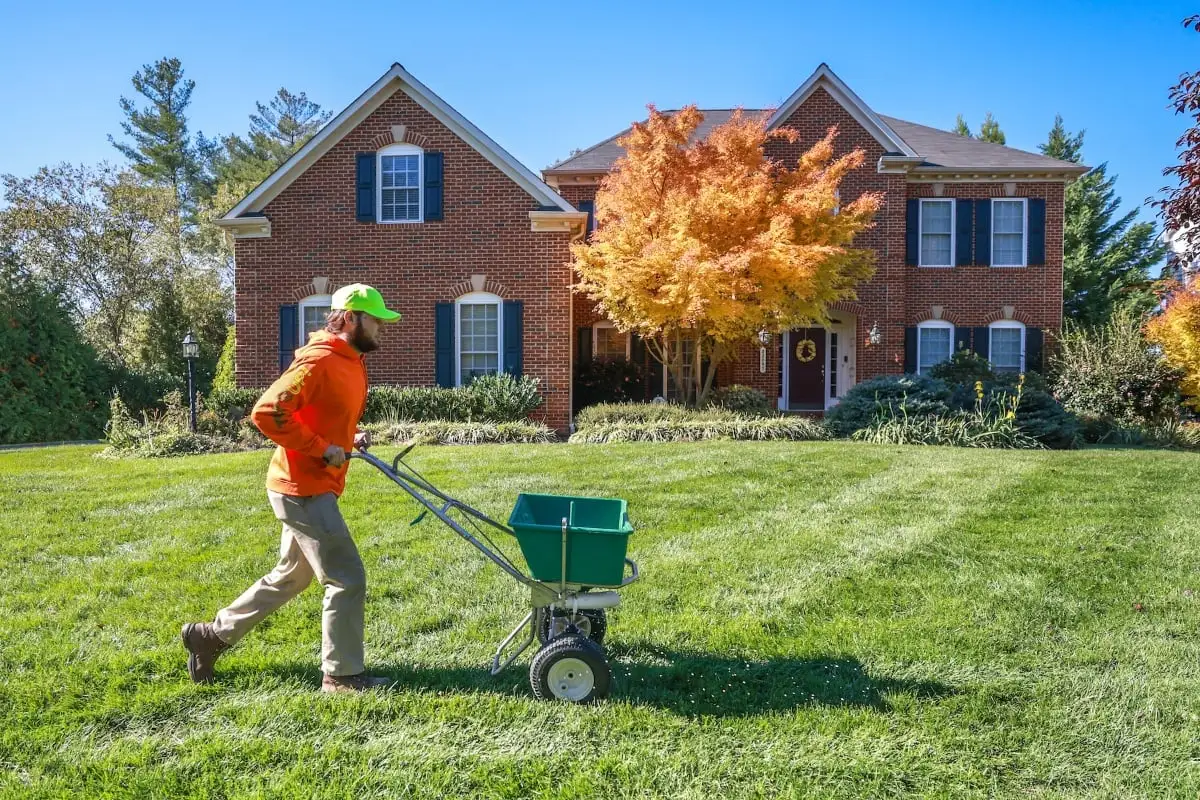




Comments (0)
Thanks for your comment!
Thanks for your feedback! Your comments have been successfully submitted! Please note, all comments require admin approval prior to display.
Error submitting comment!
There is a problem with your comment, please see below and try again.